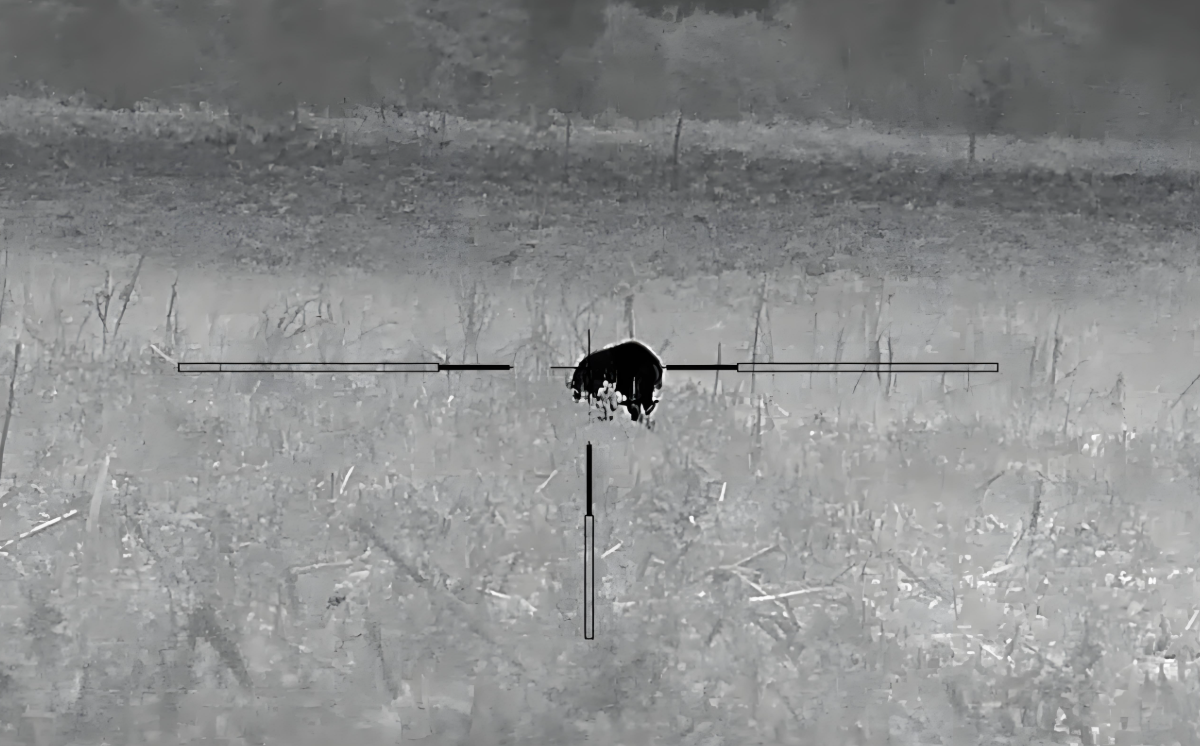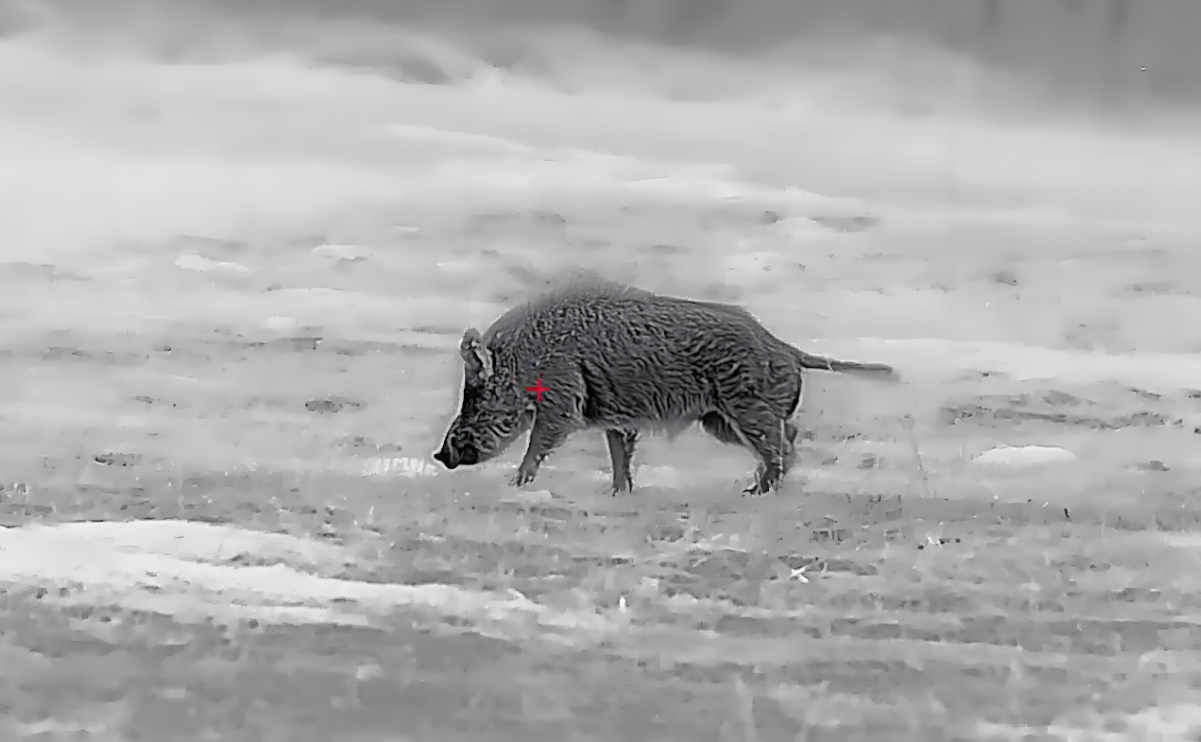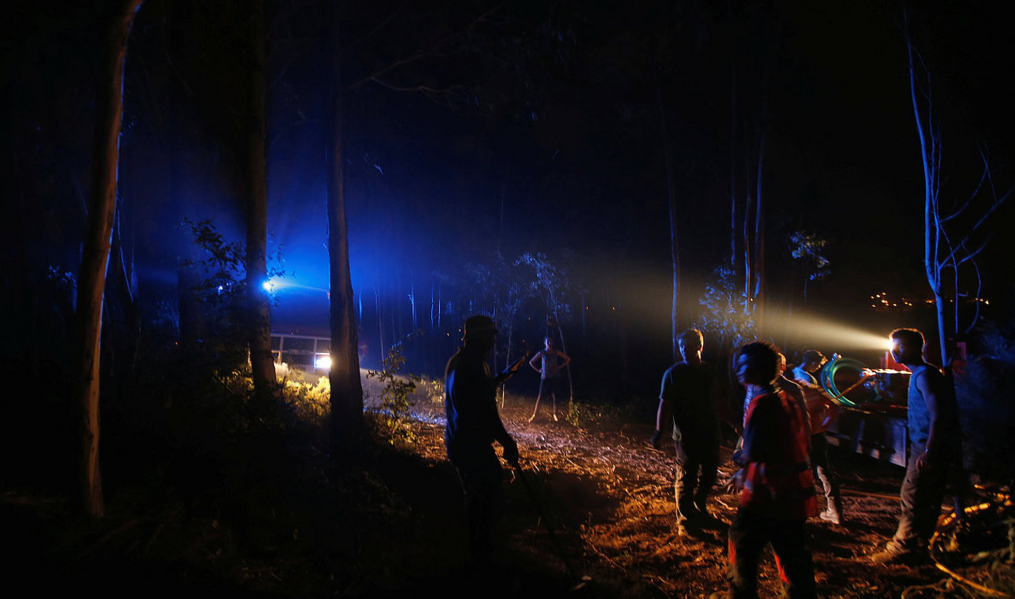Hunting during the night has always been a challenging yet rewarding pursuit for many enthusiasts. The cover of darkness offers a unique set of opportunities, but it also brings about significant obstacles. This is where night vision technology has revolutionized the hunting experience. Night vision devices (NVDs) have made it possible for hunters to navigate the darkness, spot prey, and make accurate shots, opening up a whole new dimension to the hunting world.
Types of Night Vision Devices
Image - Intensifier Night Vision
Image - intensifier NVDs are one of the most common types. They work by collecting the existing light in the environment, even the faintest of light sources such as starlight or moonlight. The device then amplifies this light through a series of steps. First, photons enter the device and strike a photocathode, which emits electrons. These electrons are then accelerated and multiplied in a microchannel plate (MCP). The multiplied electrons strike a phosphor screen, creating a visible green - hued image. This type of night vision is relatively affordable and is widely used for general hunting purposes. For example, a hunter stalking deer in a forest at night can use an image - intensifier monocular to spot the animals from a distance. The green - hued image clearly shows the outline of the deer, allowing the hunter to plan their approach.
Thermal Imaging Night Vision
Thermal imaging NVDs operate on a different principle. Instead of amplifying light, they detect the infrared radiation emitted by objects. All objects above absolute zero emit heat, and thermal imaging devices convert this heat into an electrical signal. The signal is then processed and displayed as a visual image. Warmer objects, such as animals, appear brighter on the screen. Thermal imaging is extremely useful in hunting as it can penetrate obstacles like fog, smoke, and light vegetation. In a situation where a hunter is tracking wild boar in a marshy area with some fog, a thermal imaging scope mounted on their rifle can easily detect the warm - blooded boar, even if it is partially hidden by the fog or vegetation.

Advantages of Night Vision in Hunting
Enhanced Visibility
The most obvious advantage is the ability to see in the dark. Night vision devices allow hunters to identify prey, even in complete darkness. This gives hunters an edge as they can extend their hunting hours into the night when some animals are more active. For instance, nocturnal animals like raccoons, coyotes, and some species of foxes are often more active at night. With night vision, hunters can spot these animals as they forage for food or move around their territory.
Stealth and Safety
Night vision also contributes to stealth. Since the hunter can see in the dark without the need for bright lights, they can approach their prey more quietly and unnoticed. This reduces the chances of scaring the animals away. Additionally, it improves safety for the hunter. In the dark, it can be easy to trip over obstacles or get lost. Night vision devices help hunters navigate the terrain safely, avoiding potential hazards such as holes, fallen trees, or steep slopes.
Improved Accuracy
When it comes to making a shot, night vision can significantly improve accuracy. By clearly seeing the target, hunters can better judge the distance, size, and movement of the animal. Night vision scopes can be equipped with reticles that are specifically designed for low - light conditions, allowing for more precise aiming. This is especially important when hunting valuable or elusive game, as a clean and accurate shot is crucial.
Considerations for Using Night Vision in Hunting
Legal Regulations
Before using night vision devices for hunting, it is essential to check the local and national hunting regulations. In some areas, the use of certain types of night vision equipment for hunting is restricted or prohibited. These regulations are in place to ensure fair chase and conservation of wildlife. For example, some states in the US have specific laws regarding the use of thermal imaging devices for hunting certain species. Hunters must familiarize themselves with these laws to avoid legal issues.

Equipment Quality and Cost
The quality of night vision devices can vary greatly. High - quality devices offer better image clarity, longer range, and more reliable performance. However, they also come with a higher price tag. Hunters need to consider their budget and the specific requirements of their hunting activities when choosing a night vision device. A beginner hunter may start with a more affordable image - intensifier monocular, while a professional or more experienced hunter may invest in a top - of - the - line thermal imaging scope for more advanced hunting scenarios.

Training and Familiarization
Using night vision devices effectively requires some training and practice. Hunters need to learn how to operate the device, adjust the settings for different lighting conditions, and interpret the images. Familiarization with the device's limitations is also important. For example, image - intensifier devices may be affected by bright light sources, and thermal imaging devices may have a limited range depending on the model. By practicing with the device before a hunting trip, hunters can make the most of its capabilities.
In conclusion, night vision technology has had a profound impact on hunting. It has provided hunters with new opportunities to explore the night - time wilderness and pursue their quarry. However, like any technology, it must be used responsibly, in accordance with the law, and with proper training and consideration for the equipment.

